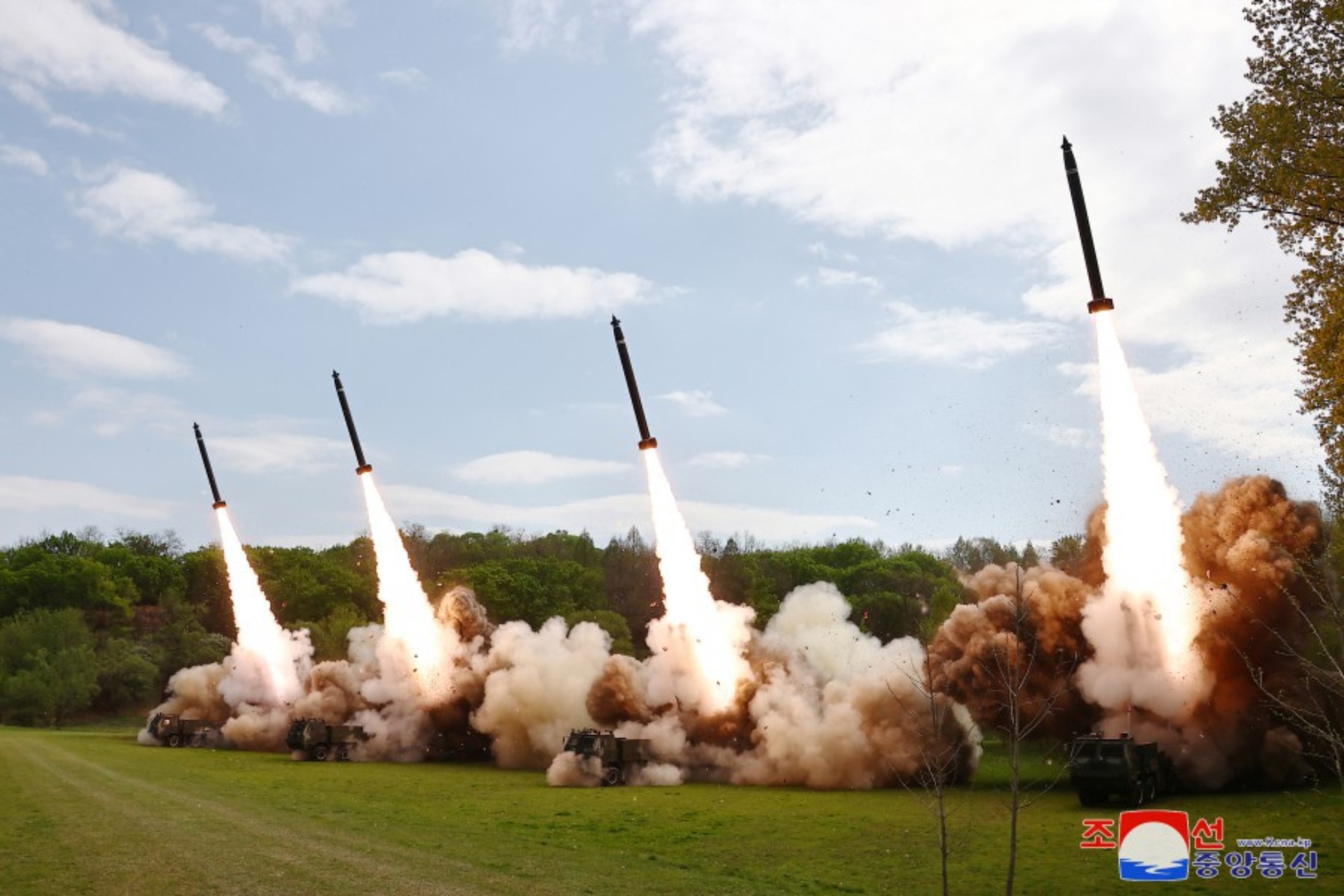While Hurricane Ian douses Southwest Florida in torrential rain, the state's northwest region is set to be hit by drought, with warnings of wildfires issued.
"Locally critical fire weather conditions are expected across far southwest Georgia, southern Alabama, the western Florida Panhandle, southern Mississippi, and south Louisiana," the National Interagency Fire Center said in a statement.
The category 4 hurricane reached peak wind speeds of 155mph before making landfall on Wednesday at 3:05pm ET. It has now been downgraded to a tropical storm, but its effects are still being felt across the southeast. Life-threatening storm surges are expected across Northeast Florida, Georgia and the Carolinas, while heavy rain is expected as far north as Virginia.
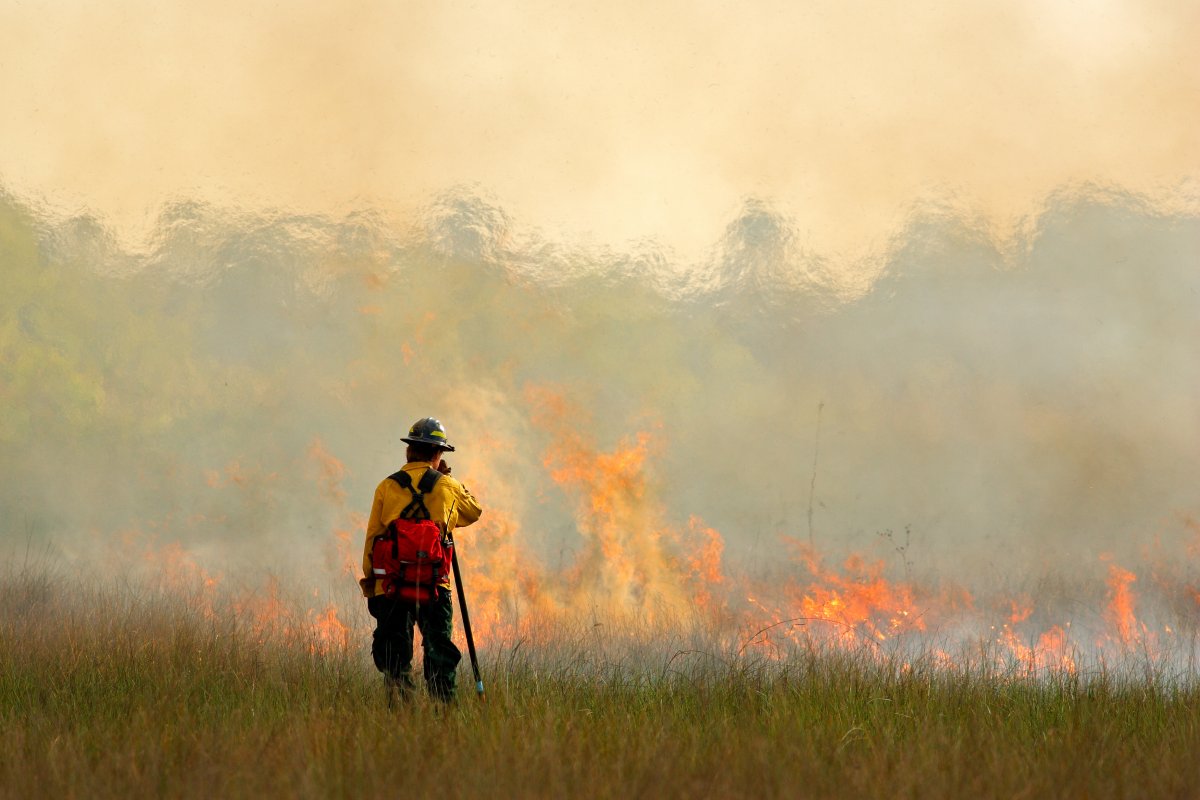
The storm has created other concerns too. The counter-clockwise rotation of the hurricane has brought northerly winds and low humidity to many of the region's already dry forests, after one of the warmest summers on record.
"The combination of the strong surface high to the north and the strong pressure gradient around Hurricane Ian will drive moderately strong northerly winds across much of the Southeast," the Florida Forest Service said in a statement. "With these areas remaining dry, fuels are receptive to fire spread."
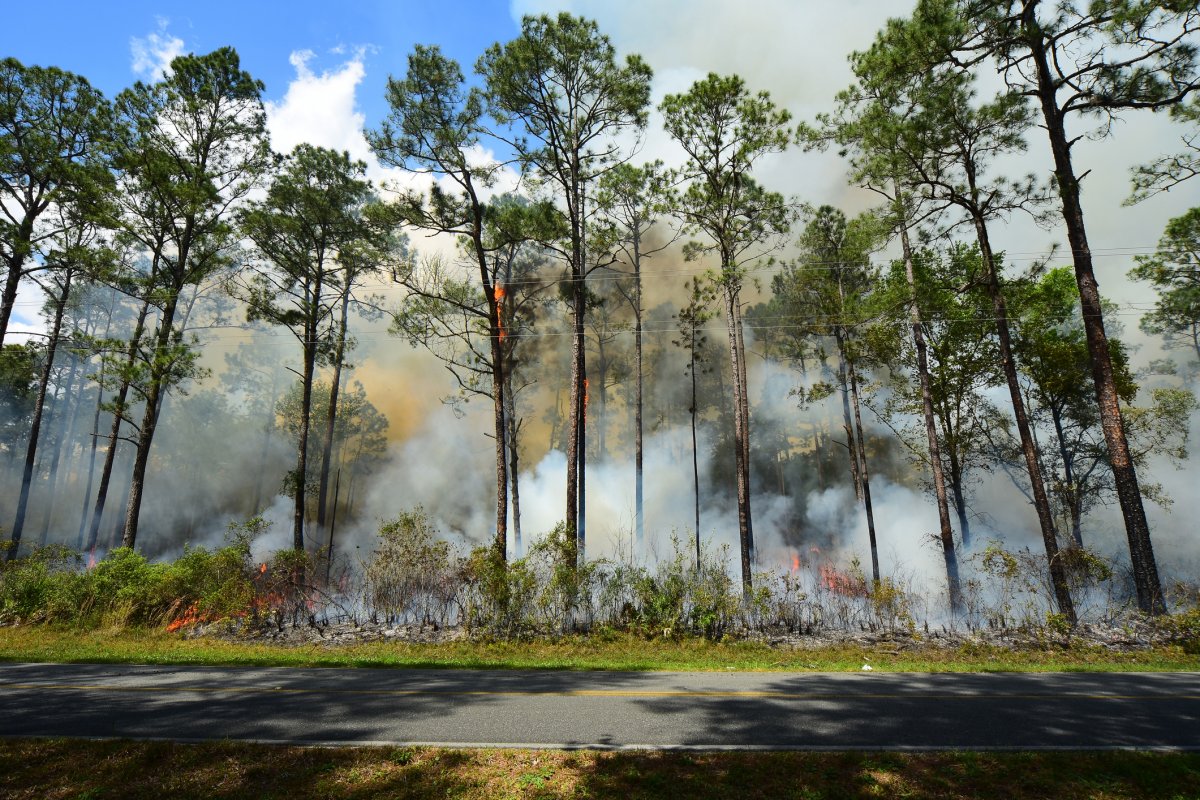
According to the Keetch-Byram Drought Index, a scale used to measure the dryness of soil, parts of Northeast Florida, especially near the Alabama border, are edging dangerously close to the threshold for severe drought.
"Alabama will be seeing lower than normal relative humidity and stronger winds across the state, meaning conditions are favorable for wildfires to start easily, spread rapidly, and be difficult to control," the Alabama Forestry Commission said in a statement.
By contrast, readings from the south of Florida have reached the lowest range of the drought index, following torrential downpours in the wake of the storm. In less than 24 hours, large regions of the peninsula were hit with well over 12 inches of water and more rain is expected over the coming days.
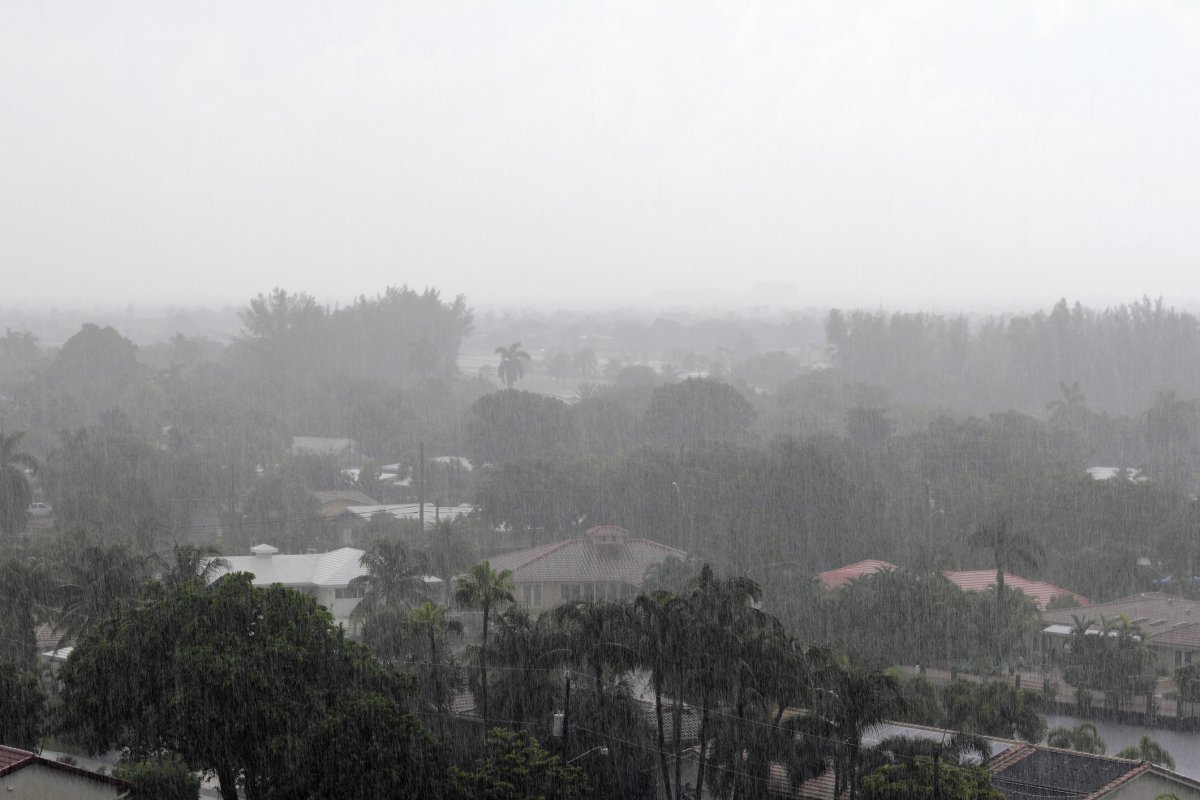
As the storm front passes, the immediate risk of fire in southeastern states will decline. However, storm-torn forests can remain a serious fire risk long after the hurricane has subsided. Earlier this year, dozens of wildfires broke out across the Florida Panhandle, fueled by tree debris left after Hurricane Michael, a Category 5 storm that hit the state in October 2018.
The National Interagency Fire Center has reported 53,338 fires across the United States so far in 2022, covering over 6.8 million acres of land. This follows two of the nation's most severe wildfire seasons on record, with $4.4 billion spent on fire suppression in 2021 alone.
"We're pretty confident that climate change is having a huge impact on wildfires globally," said Rory Hadden, an expert on fire safety at the University of Edinburgh. "Certainly in the U.S. [wildfires] are becoming harder and harder to fight."
"It's not as simple as 'climate change is making everything hotter'," he said. "The problem is the extremes of the weather we're having...We're getting longer spells of drier weather and also periods of more rain."
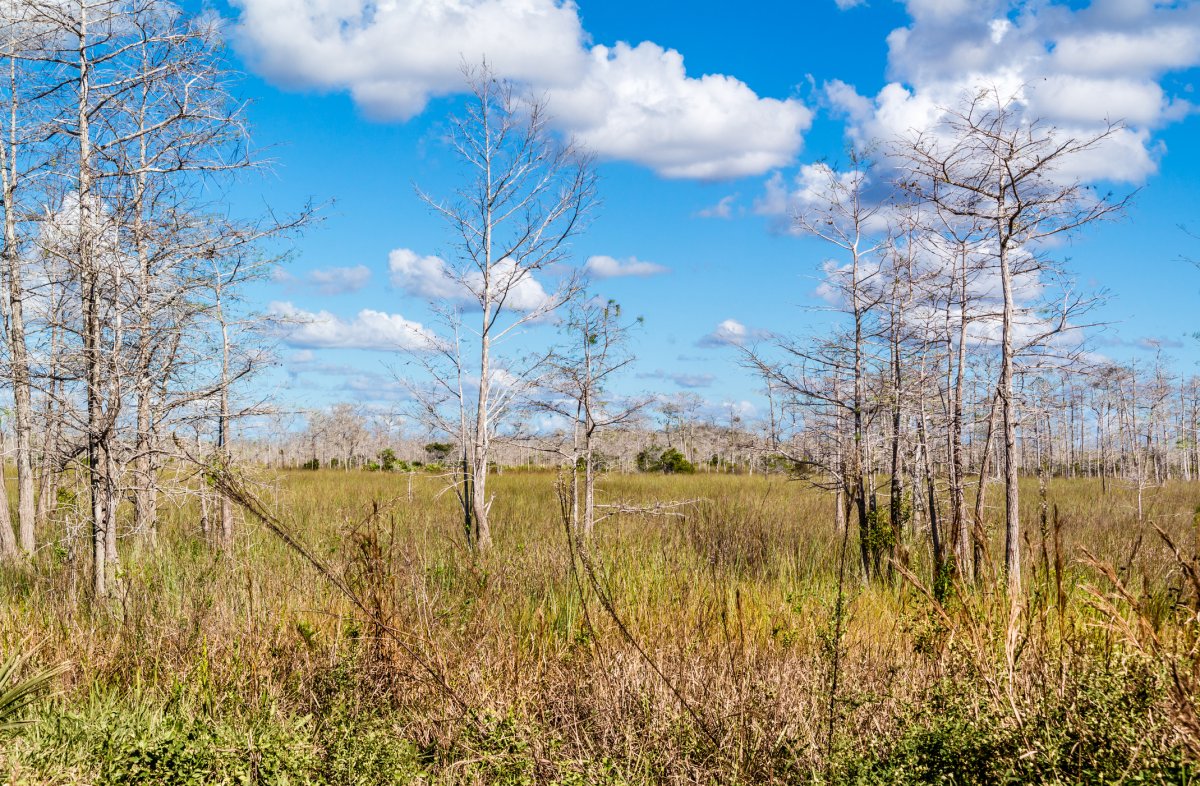
People in fire-prone areas have been warned to avoid outdoor burning and take extra care when extinguishing permitted fires. "If you must burn...please check your fires to make sure they are properly extinguished," said the Alabama Forestry Commission. "Smoking piles immediately adjacent to flammable vegetation have the chance to rekindle and spread under these conditions."
In case of wildfire, Hadden said: "Alert the fire service...Don't put yourself in any harm's way...I'm very reluctant to suggest anyone try to fight a wildfire [on their own]. It's extremely hard to do."
"The NFPA has got some excellent guidance [highlighting] simple steps you can do in gardens or in yards to create a protective buffer between you and the natural environment. Things like keeping ornamental vegetation away from your house...clearing gutters of vegetation, trying to keep mulch away from the walls of your house."
"It is a bad situation and it is going to get worse, but we're trying to find positive solutions to it," he said. "We are getting much better at identifying the risks, predicting the fire and helping people to protect themselves, their property and the environment."
Uncommon Knowledge
Newsweek is committed to challenging conventional wisdom and finding connections in the search for common ground.
Newsweek is committed to challenging conventional wisdom and finding connections in the search for common ground.
About the writer
Pandora Dewan is a Senior Science Reporter at Newsweek based in London, UK. Her focus is reporting on science, health ... Read more
To read how Newsweek uses AI as a newsroom tool, Click here.





